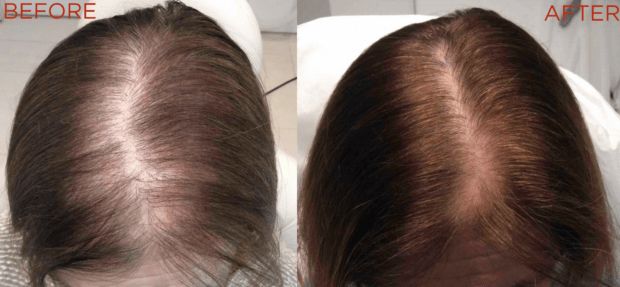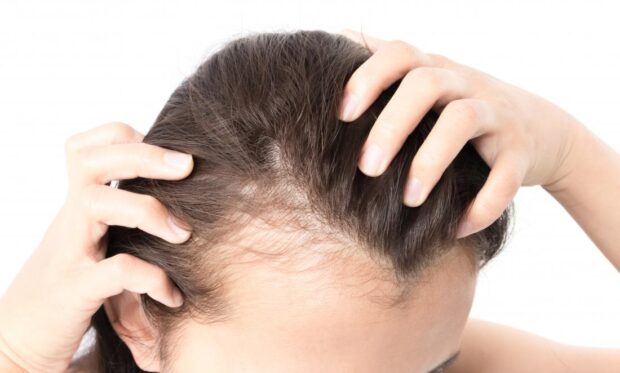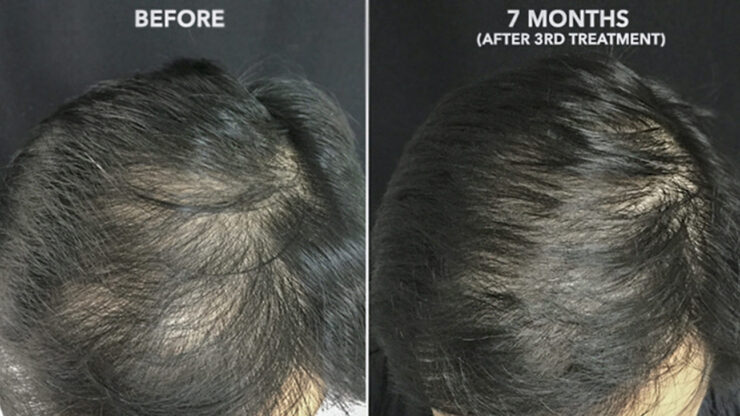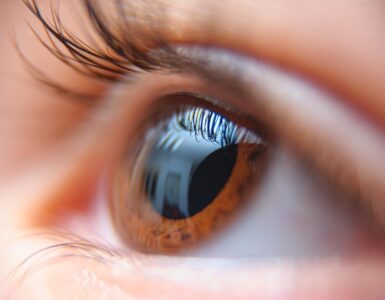Loss of hair, manifesting as baldness or the thinning of hair, is often a side effect of a health condition that you may need to address immediately. The common health problems that may contribute to alopecia (hair loss) include hormonal imbalances, pregnancy, specific drugs, stress, infections, and diseases. For instance, oral contraceptive pills, blood thinners, and medications for treating inflammation and depression may contribute to your hair loss. If you have hair loss, your doctor may recommend platelet rich plasma (PRP) hair treatment Santa Monica. The treatment has been used for more than 20 years by orthopedic surgeons, plastic surgeons, and sports medicine specialists to promote wound recovery.
Therefore, PRP has been popular for a long time in helping the recovery of athletes and other people from common joint conditions and injuries. However, the practice of using platelet-rich plasma for treating hair loss is only about six years old, and it achieves significant impact. Consequently, below are a few things you need to remember about PRP therapy for addressing alopecia.
1. Good candidates for the therapy

Various studies show that men and women can benefit from PRP hair treatment, especially if you have male or female pattern baldness, often called androgenetic alopecia. The form of hair loss occurs on the head’s top and front, leading to the formation of an “M” shape with time.
Androgenetic alopecia is a common type of hair loss resulting from the actions of androgens, which are a group of sex hormones that promote the normal development of male and female sexual characteristics. The hormones help men and women regulate hair growth and influence sexual desire.
PRP therapy may not suit you if your hair loss issue has been there for more than 4-6 years. That is because there is a high chance that your hair follicles have become significantly thinner and tiny, making it difficult to promote their growth and regeneration.
You may also not be an excellent candidate for PRP treatment if you have severe scalp infection, skin cancer, and heavy and long-lasting bleeding.
2. How PRP treatment works for hair loss

Your doctor will need to take a sample of your blood and subjects it to centrifugal spinning, which separates the platelet-rich plasma from the rest of the plasma. Platelet-rich plasma has various molecules for stimulating different cellular processes when injected into your scalp.
Injection of the solution into the scalp, with its vitamins, electrolytes, hormones, albumin, and nutrients, promotes faster creation of collagen, hair growth, and repair of tissues, cells, and blood vessels. Your doctor may need to inject the solution into different parts of your scalp.
3. Results after the hair restoration procedure

You may start seeing positive results after a few or six months. That is because you have to go for injections for months.
Your schedule of PRP injections will depend on factors like your age, the condition of your hair loss, and your genetic variation. You may have to go for injections every month during the first few months. After that, your doctor may require you to undergo treatment every three or four months for almost 24 months.
Contact Self Care LA today for specialist treatment of your hair loss issue using Platelet-rich plasma (PRP).




























